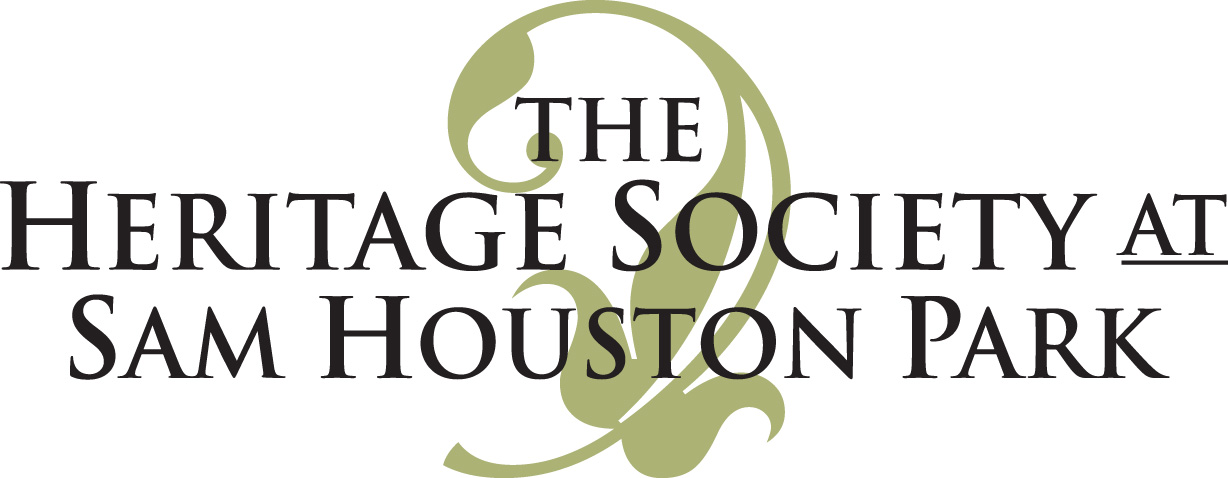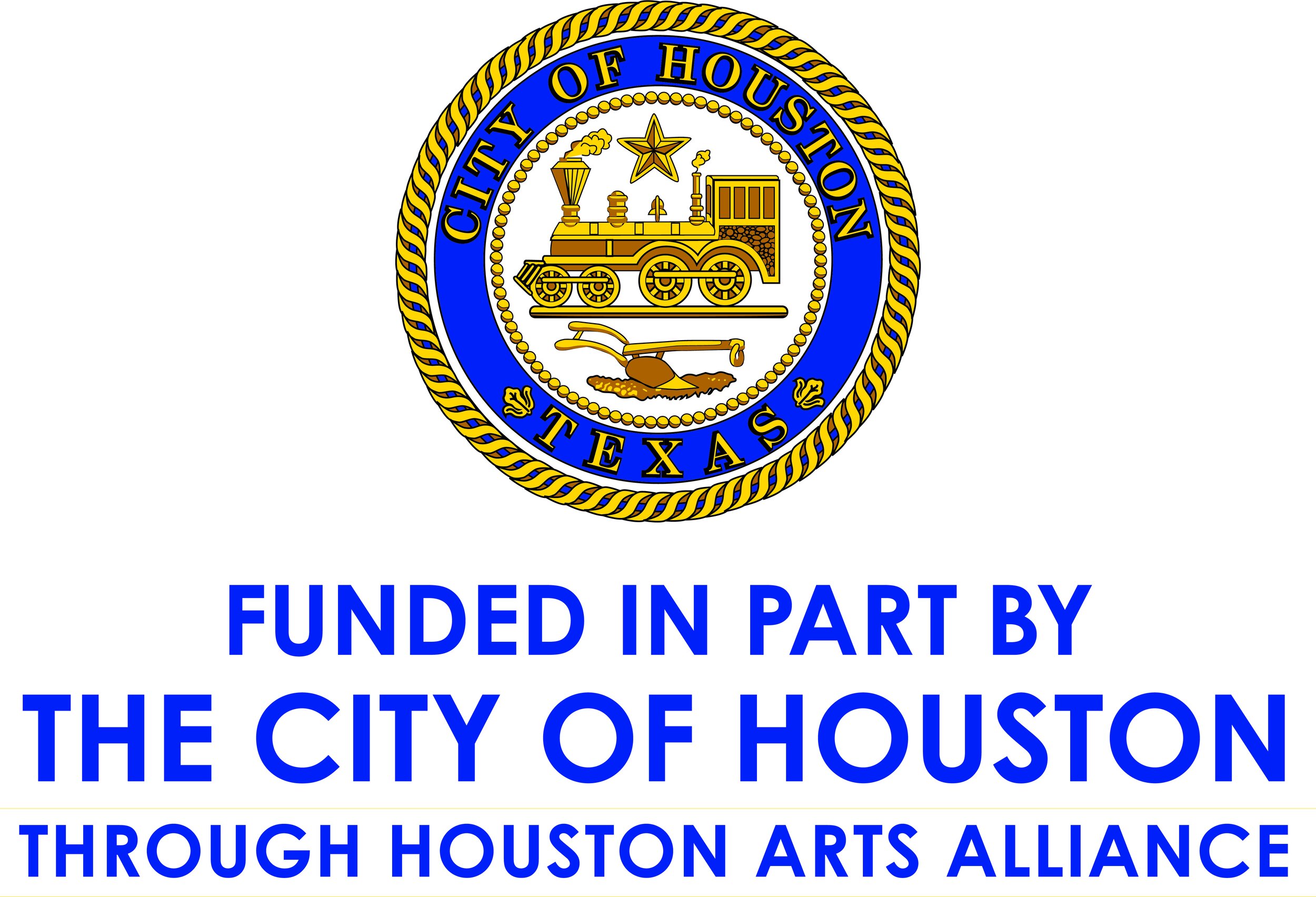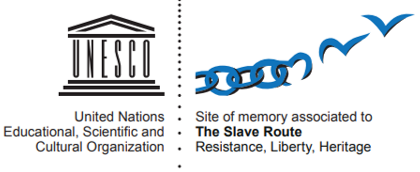Houston’s Historic Squares
When the Borden brothers laid out our city in 1836, it was a well-planned one. The original map for the Town of Houston, as it was labeled, included four sites designated for specific purposes.
City Hall & Market Buildings
Congress Square
The block bounded by Congress, Travis, Preston, and Milam – was intended to house the halls of government for the Republic of Texas. For some reason, the Capitol was built on Main Street instead, and when Houston was replaced as the Republic’s capital city, this block became the center of market activities for the fledgling trade center. Over the next one hundred years, a succession of Market Houses occupied the site. These buildings not only furnished a place where farmers sold their goods, but they housed other facilities such as the telephone exchange, a lending library, and city offices. The municipal government remained at this site until our present City Hall was built in 1939. Today this public space is known as Market Square Park.
Harris County Court House
Courthouse Square
Just two blocks away in the block bounded by Congress, Fannin, San Jacinto, and Preston, a square was designated for a courthouse and Courthouse Square it has remained. The first courthouse was a log structure with an adjoining jail. Over time, five different buildings have occupied the site while the grounds were often used as public park space. The 1911 structure on the square today has been the Harris County Civil Courts Building for many years.
Church Reserve
The block bounded by Milam, Prairie, Travis and Texas Avenue actually contained an early school house. However, in 1839 the land was deeded to the town’s Methodist congregation who built their first church there in 1844. The city’s first African-American congregation (now Trinity United Methodist Church) was also organized on the Church Reserve. First Methodist Church remained at the Texas Avenue location until 1909. Jesse Jones then bought the property on which he placed a vaudeville theater, the Majestic, and a building for the Houston Chronicle. Today the Chronicle Building occupies the entire site.
School Reserve
This block bounded was by Fannin, Prairie, San Jacinto, and Texas Avenue. Interestingly, this block has always housed a church. An Episcopal congregation was organized in 1839 and soon secured this site for its first small church. The congregation’s present building dates to 1893 and is a testament to the long presence at this location of Christ Church., now the Cathedral of the Episcopal Diocese of Texas
The Original Plan of Houston











